Ashridge House: How the former home of Henry VIII is branching out
- Published
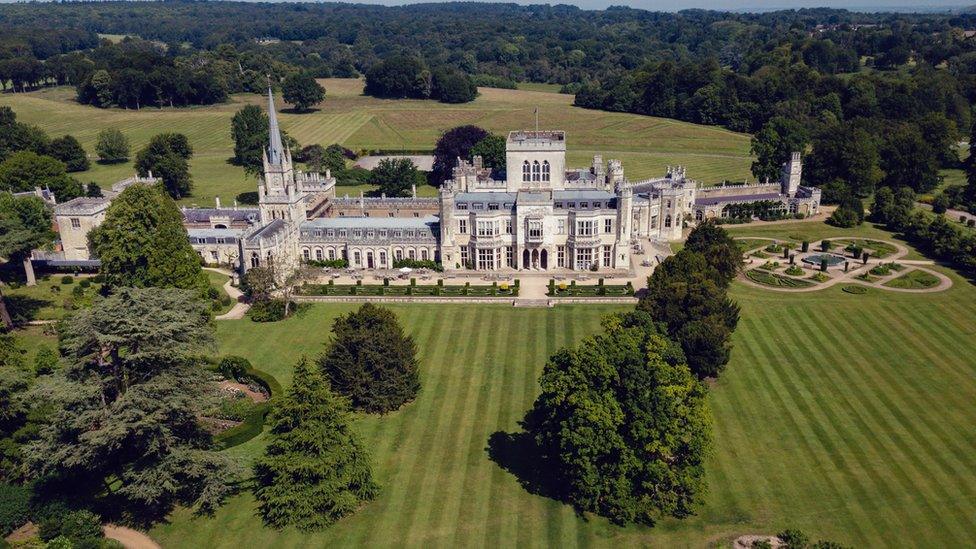
"Local people feel like Ashridge House is in their back yard and it's increasingly becoming more important as a place for the local community," a spokesman for the house said
The Grade I listed Ashridge House in Hertfordshire was once the home of Henry VIII and has an oak tree planted by Queen Victoria. Yet for all its splendour and history, its existence is largely unknown beyond those who live locally, historians and private event attendees. That, its current occupants hope, could be about to change.
Ashridge House sits largely hidden in a quiet corner of Hertfordshire.
It currently houses a business school and, before the Covid pandemic struck, it was a private place and out of the general public's reach.
That has started to change as those who run the house, in Berkhamsted, seek to widen its doors to help meet the running costs.
A cafe and a restaurant have been set up, tours of the house are available and people can stay the night there.
"We're still finding our way but it's a very exciting time," a spokesman for Ashridge House said.
The main house covers about 12,300 sq m (132,396 sq ft) while the gardens - which have Grade II listed status - sprawl over 190 acres.
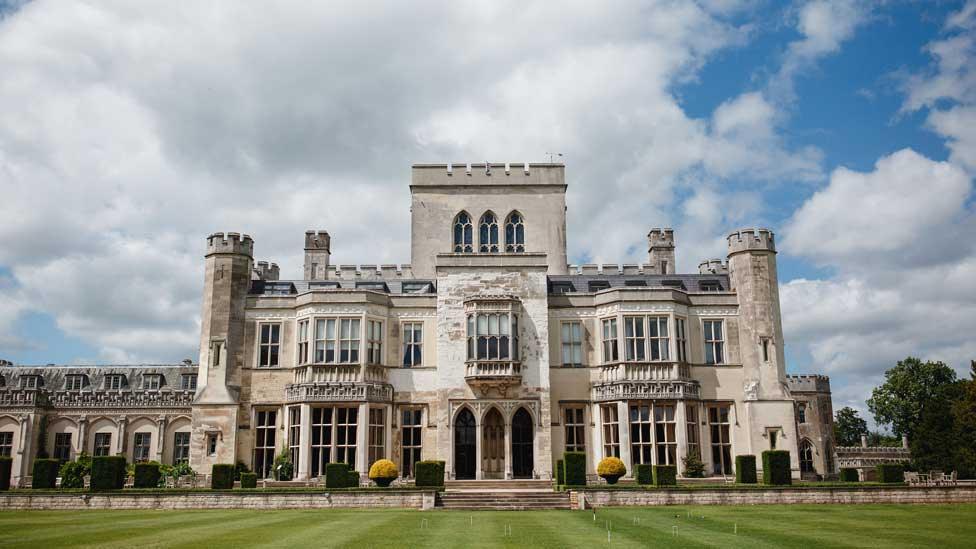
Hult vice president, Morten Davidsen, said it was "only borrowing Ashridge for a period of time and we hopefully want to hand it over in a better state than when it came to us"
Ashridge's history begins with Edmund, Earl of Cornwall, who in 1283 founded the College of Bonhommes, a monastery which initially provided for seven brethren.
But with Henry VIII's dissolution of monasteries in 1539, it fell under the ownership of the king.
He liked the place so much he decided to make it his home for 11 years and Princess Elizabeth - later Elizabeth I - was raised there during her youth.
An oak tree in the gardens was planted by Queen Victoria in 1823 when she was staying at the house as a four-year-old princess.

An oak tree that a young Princess Victoria - later Queen Victoria - is said to have planted in 1823 still stands in the grounds
Since then it has been a private house for long periods, being completely rebuilt in 1808 by James Wyatt.
Its other roles include being used as a war time hospital, a ladies' finishing school and a training centre for the Conservative party.

In 1929, the house was used as a training centre for Conservative Party workers
For the past 60 years it has been a centre for business education and, since 2016, has been the home of an alliance between the Ashridge Management College and Hult International Business School.
Morten Davidsen, vice president at Hult, said the site, despite hosting weddings and corporate events, had long been been "very private and you could only come in if you had a purpose" for years.
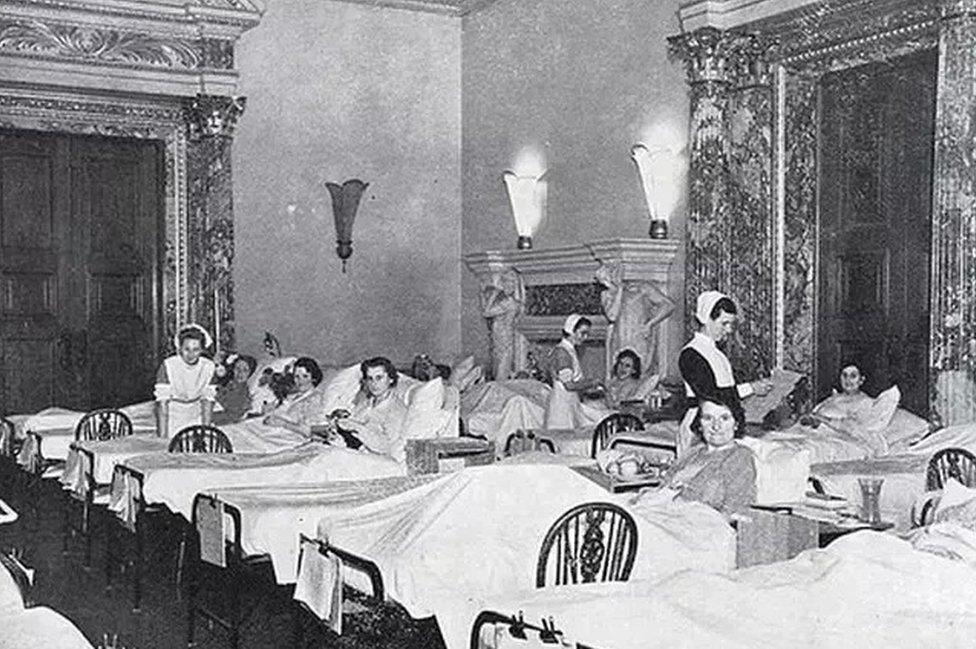
In 1940, Ashridge House became became an extension of the emergency wing of the Charing Cross Road Hospital, treating more than 20,000 patients, with 2,700 babies born in its maternity ward
Before the pandemic, the management at Ashridge began looking for new ways to branch out.
Annual running costs alone, Mr Davidsen said, were usually in the "higher six digits" and energy costs have risen since 2020.
This year the electricity bill is more than £1m, bringing the annual running costs "into the millions".
"It is very costly to run and operate a Grade I-listed building, so we had begun rethinking, we needed to make it more profitable," he said.
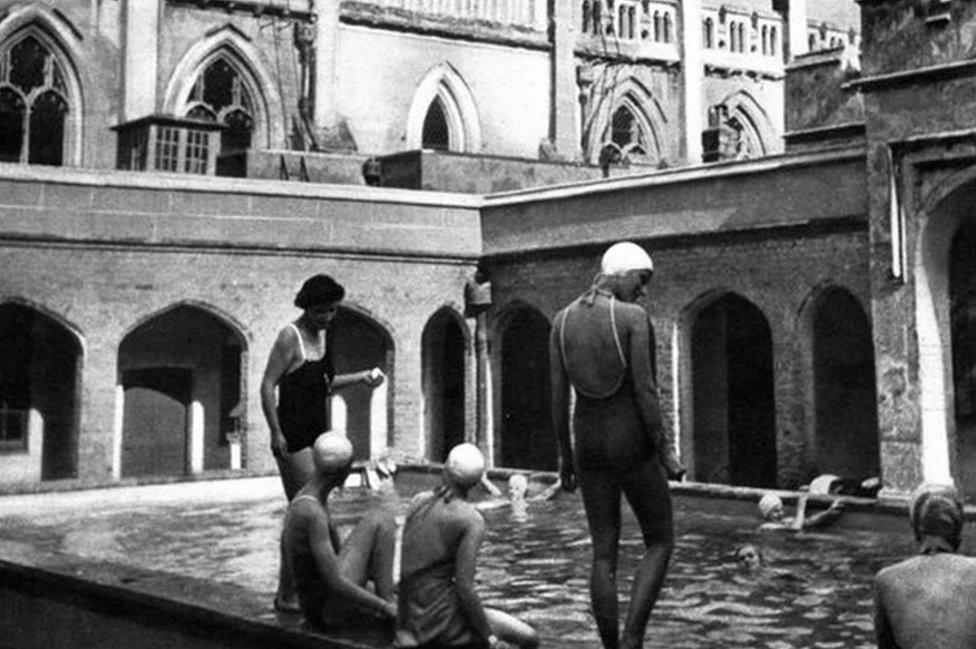
Ashridge was converted into a finishing school for ladies called the House of Citizenship in 1949
"One of the silver linings from Covid was that, having this vast space, we were well equipped to deal with all the restrictions," Mr Davidsen said.
"Local people could walk in the gardens and later, as restrictions eased a little, because the house has big rooms with many high ceilings, we could host small events inside."
One of the turning points was when Rolling Stone Ronnie Wood, who lives nearby, held an art event at Ashridge in 2020.
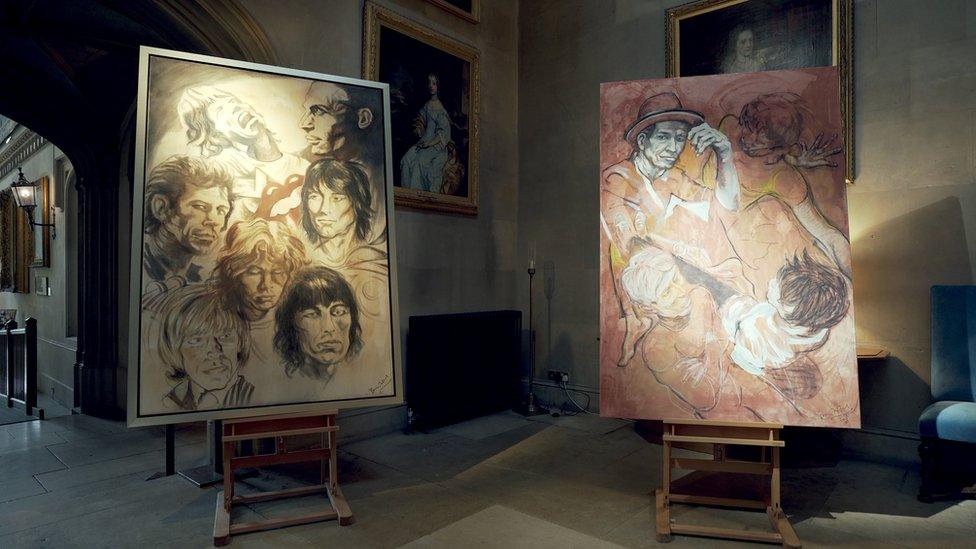
2020 saw Ronnie Wood showcase a collection of original artworks in an exhibition where 100% of the ticket proceeds were donated to the NHS in a difficult year
"It drew a crowd and we saw we could manage the public coming in," Mr Davidsen said.
"So we started a café and locals started to come and it became popular in the local community.
"We really, truly opened up... this started the ball rolling."
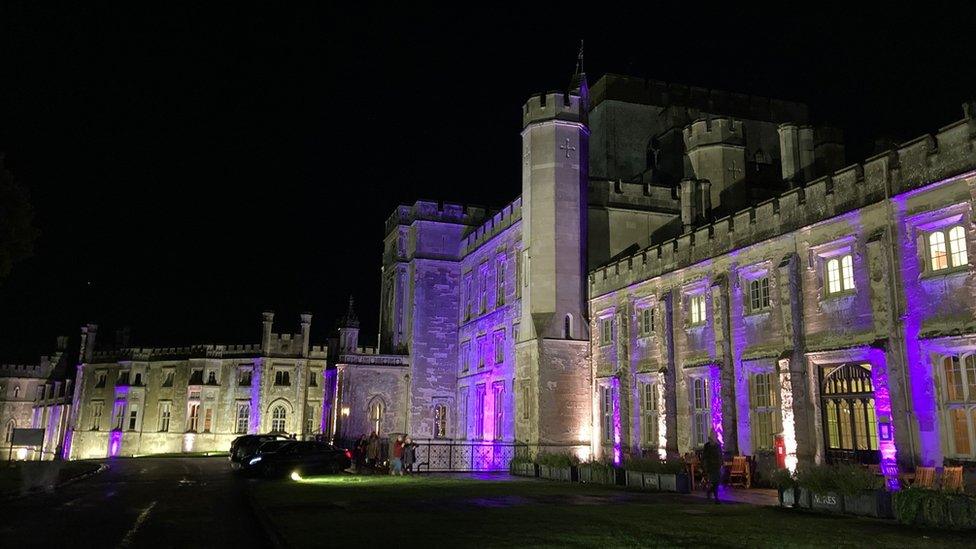
An illuminated Ashridge House is an impressive sight
And rather like Victoria's acorn, Ashridge's branching out has continued apace.
The house has started to appear in popular television shows, including series five of Netflix's The Crown and in Amazon Prime's Pennyworth.
"What we've seen is that people have different reasons to come to the building and we can cater for them all in a huge space," Mr Davidsen said.
"It's all about how can you manage different clients on the site, and we showed during Covid we could do that without damaging the grounds.
"It was a shame that it hadn't been able to show itself to the public before."
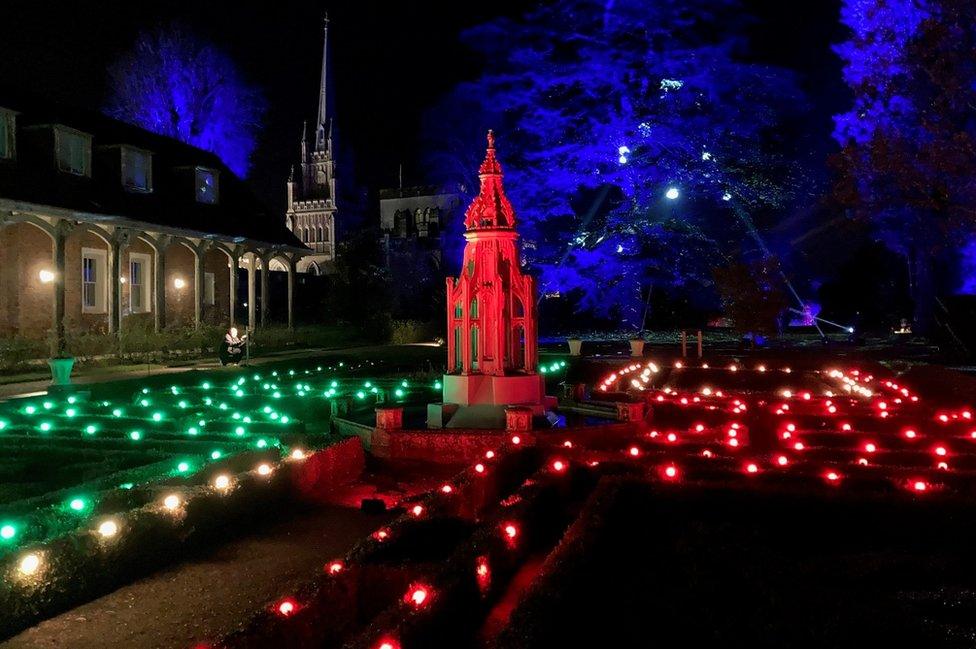
Its Christmas light trail is starting to draw big crowds
Future plans include bringing the two fifths of the house that still remain unused into use and while tours currently need to be booked in advance, the Ashridge management has not ruled out being the kind of historic royal residence people can just turn up at for a look around.
Mr Davidsen said they were "on a journey to encompass everything".
"We're finding our way and looking at opportunities, hopefully in the future it will all open up, we're taking it year by year... but it's a very exciting time."

Find BBC News: East of England on Facebook, external, Instagram, external and Twitter, external. If you have a story suggestion email eastofenglandnews@bbc.co.uk, external